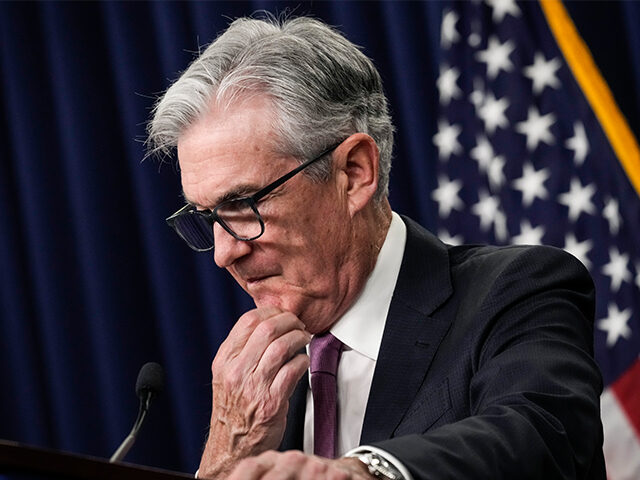Manufacturing activity in the U.S. central Atlantic region shrank again in November even while indicators of inflation remained very high, according to a survey from the Federal Reserve Bank of Richmond released Tuesday.
The Fifth District Survey of Manufacturing Activity’s index inched up to minus nine this month from minus 10 in October and zero in September. Scores above zero indicate growth, while lower scores indicate contraction in the factory sector. The survey has signaled stalling or declining factory activity for the last seven months.
Economists had forecast a stronger improvement to minus one, according to Econoday.
Two of the three component indexes which form the headline composite indicator deteriorated. The index for shipments fell to minus eight from minus three, the second straight month in contraction territory. The index tracking the number of employees edged downward to -1 after holding at zero in October and September.
The third component, which tracks the volume of new orders, improved but remained in contraction territory. After last month’s minus 22, this month’s reading was minus 14.
Inflation was mixed. The prices paid fell to suggest that factories were paying 10.19 percent more over the past 12-months for materials and components, down from the 12.81 reported in October and 10.34 in September. The prices received index, however, rose to 9.91 percent from October’s 8.62 percent and September’s 7.66 percent, indicating that regional manufacturers are successfully pushing up prices for their customers.
Expectations for inflation six months from show that businesses expect prices to keep rising at a rapid pace, although significantly slower than the current rate. Businesses said they expect the prices they pay to be up 5.11 percent, down from the October expectation of 6.08 percent. They expect the prices they charge to rise 5.29 percent, up from the 4.8 percent expected last month.
Each month, the Richmond Fed surveys manufacturing businesses in the Fifth Federal Reserve District, which includes the District of Columbia, Maryland, North Carolina, South Carolina, Virginia, and most of West Virginia. Last week, the New York Fed said its manufacturing survey showed manufacturing in the state grew for the first time in four months. The Philadelphia Fed’s manufacturing index fell to negative 19.4 in November from negative 8.7 in October, much worse than expected and the lowest level since August 2011 (excluding the brief but steep plunge in 2020 as the pandemic first struck).
Fed officials will meet in mid-December to announce their next interest rate move. After four straight hikes of 75 basis points, the Fed is now expected to slow down the pace of hikes to 50 basis points in December and perhaps 25 basis points at the meeting at the end of January and start of February. In speeches, some Fed officials have begun to indicate that they are increasingly concerned that overshooting in the fight against inflation could make economic conditions next year worse than they need to be.

COMMENTS
Please let us know if you're having issues with commenting.